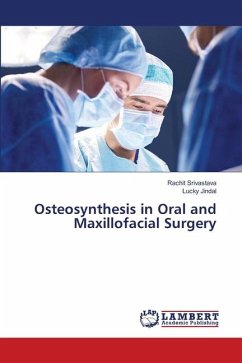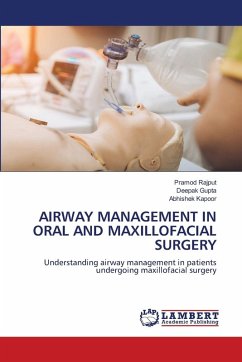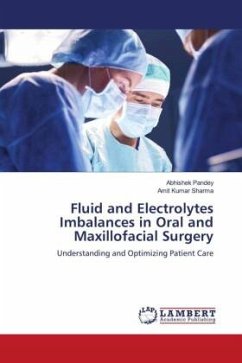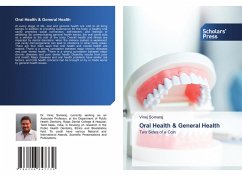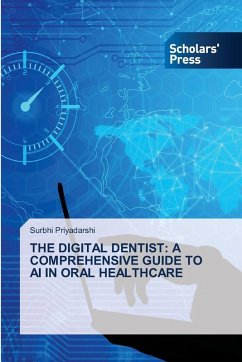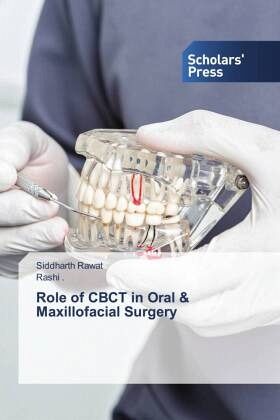
Role of CBCT in Oral & Maxillofacial Surgery
Versandkostenfrei!
Versandfertig in 6-10 Tagen
43,99 €
inkl. MwSt.

PAYBACK Punkte
22 °P sammeln!
Cone-beam computerized tomography (CBCT) is a medical image acquisition technique based on a cone-shaped X-ray beam centered on a two-dimensional (2D) detector. The source-detector system performs one rotation around the object producing a series of 2D images. The images are reconstructed in a three-dimensional (3D) data set using a modification of the original cone-beam algorithm developed by FELDKAMP et al in 1984.Cone beam CT (CBCT) was first developed for use in angiography. In 1998, Mozzo et al reported the first CBCT unit developed specifically for dental use, the NewTom 9000 (Quantitati...
Cone-beam computerized tomography (CBCT) is a medical image acquisition technique based on a cone-shaped X-ray beam centered on a two-dimensional (2D) detector. The source-detector system performs one rotation around the object producing a series of 2D images. The images are reconstructed in a three-dimensional (3D) data set using a modification of the original cone-beam algorithm developed by FELDKAMP et al in 1984.Cone beam CT (CBCT) was first developed for use in angiography. In 1998, Mozzo et al reported the first CBCT unit developed specifically for dental use, the NewTom 9000 (Quantitative Radiology, Verona, Italy). Dedicated CBCT scanners for the oral and maxillofacial (OMF) region were pioneered in the late 1990s independently by ARAI3 et al. in Japan and MOZZO et al in Italy.This technique is widely used in different industrial and biomedical applications such as micro-CT. Among the first clinical applications were single photon emission computerized tomography (SPECT), angiography and image-guided radiotherapy.




